Soviet Ghosts: Rebecca Bathory's Haunting Photographs of Abandoned Facilities
British photographer Rebecca Bathory travelled around the former Soviet Union and its occupied satellite states to capture abandoned facilities.
British photographer Rebecca Bathory travelled around the former Soviet Union and its occupied satellite states to capture abandoned facilities.
Her atmospheric pictures of forgotten towns, prisons, military complexes and asylums behind the Iron Curtain have been published in a new book. In this gallery, we look at a small selection of her haunting photos; buy Soviet Ghosts for far more.
Bulgaria: The Buzludzha Monument
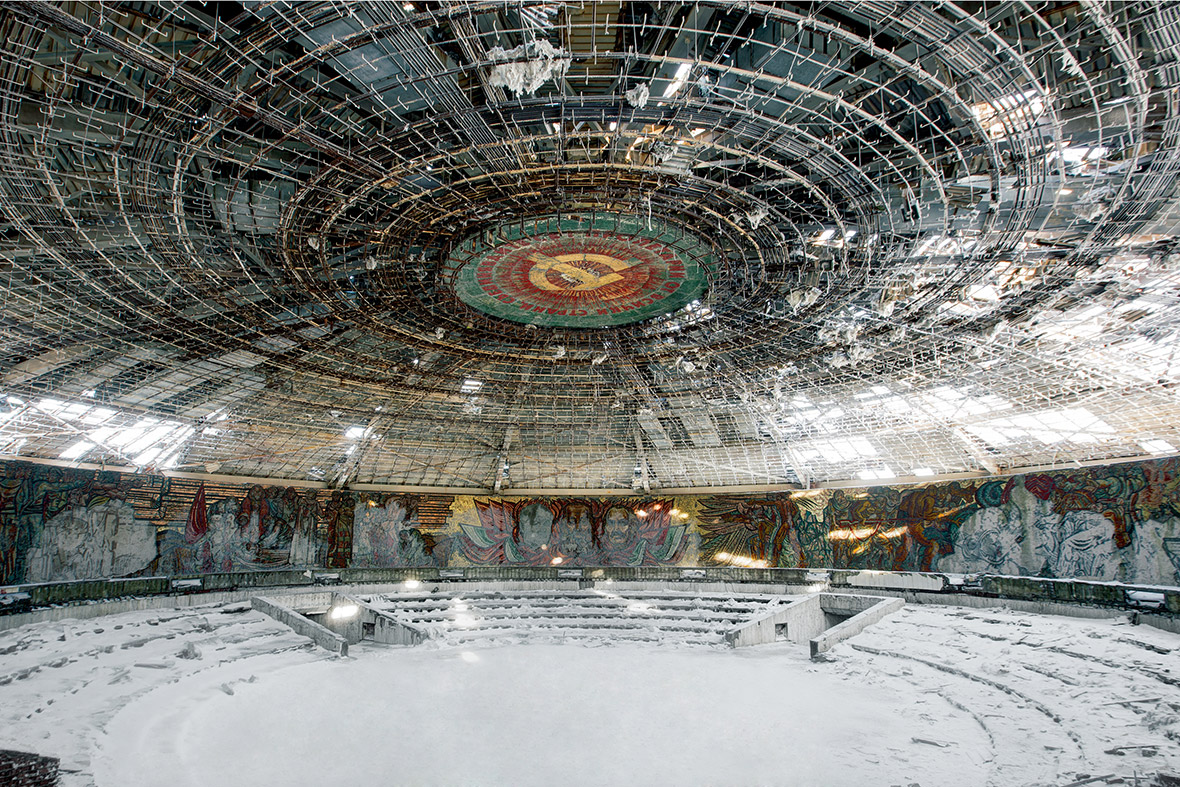


Perched on top of Mount Buzludzha, this monument to Communism is the largest in Bulgaria. It is located on the site where the Bulgarian Socialists first began their clandestine meetings in 1891. Later, this mountain pass witnessed perhaps the bloodiest battle yet fought in the ongoing war against the Turks. It's no surprise then, that this location bears a great symbolic importance. Designed by Georgi Stoilov, the monument was funded by voluntary donations from the citizens of Bulgaria, and featured expensive materials such as marble.
At its heart stands a huge amphitheatre, where a mural adorning the walls celebrates themes from Bulgarian and Soviet history. The 70m tower, meanwhile, once bore a huge star formed from red glass. It was made in the Soviet Union, although in a display of local one-upmanship, the architects had it constructed to be three times the size of the star adorning the tower of Moscow's Kremlin.
The monument was abandoned in 1989 and gifted to the state in 1991; since when it has been heavily looted for metal and other valuable materials. The copper that once covered the roof has been stripped away, so that the monument is now open to the elements. Once an opulent symbol of Communist rule, the Buzludzha monument today stands in a state of slow decay on top of the mountain; its thick glass windows smashed, while Bulgaria's harsh winters bury the structure each year beneath a layer of ice and snow.
Estonia: Patarei Prison
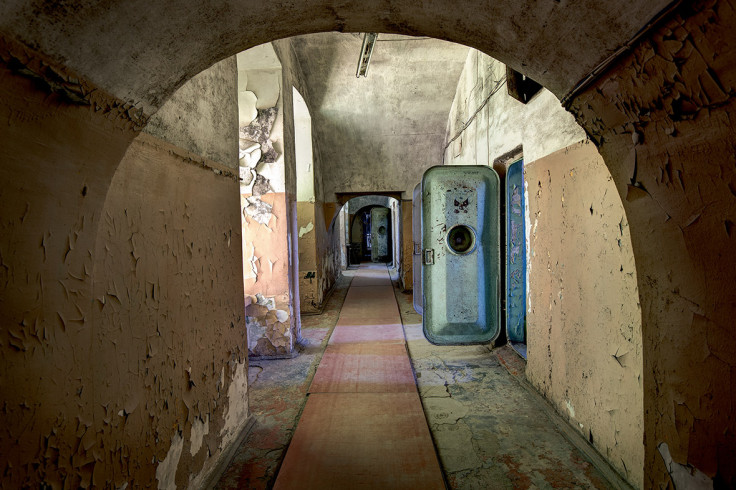
In 1828 Tsar Nicholas 1 of Russia commissioned the construction of the prison on the Estonian coast near Tallinn. It was completed in 1840 and remained in use until 2004, a potent symbol of the troubled relationship between Estonia and Russia. The prison was a transit location for thousands of prisoners en route to the fearsome gulags in Siberia. Conditions inside the prison were horrific, with frequent overcrowding. One winter 25 inmates were housed in a cell for just seven.
The prison was the scene of many hangings, with a specific chamber devoted to this purpose. The bodies of the hanged would be thrown over the cliffs into the Baltic Sea below. After the death of Stalin in 1953, the resultant thaw in the relationship between the Soviet Union and Estonia led to an improvement in prison conditions, with flushing toilets and central heating installed.
Germany: Beelitz-Heilstätten Hospital, Berlin
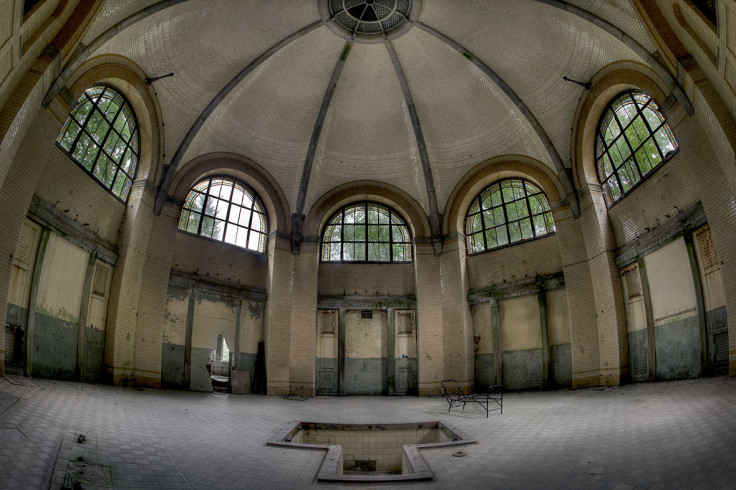
A large hospital was constructed in 1898. With over 60 buildings, it was originally designed as a sanatorium, but later used as a military hospital throughout the world wars. Hitler himself was a patient here when he wounded his leg at the battle of the Somme. After the war, it was part of the soviet zone of occupation, which would become the German democratic republic in 1949. It remained in use as a military hospital, the largest outside of the USSR.
Former GDR leader Erich Honecker was treated here for liver cancer in 1990. Since the Russians evacuated in 1994 after German reunification, it has fallen into disrepair, and attempts to save it have failed. Outside a large Soviet statue stands as a reminder of its dark history.
Germany: Wünsdorf-Waldstadt Soviet Headquarters

Trains ran daily between this forest stronghold and the Russian capital. The headquarters acted as the Soviet Union's headquarters in Germany, and was the largest installation of its kind outside of the USSR.
Built by the Germans, the Russians took control of the site on 20 April 1945. A fierce attack against the base left 120 inhabitants dead, and by the time the Red Army arrived in force, it was handed over without further conflict.
By 1953, more than 800 people lived onsite while the surrounding 260 hectare complex contained the homes of 30,000 associated soldiers, and as many as 75,000 working men and their families. It was from their headquarters, that the Soviets provided military backing to create a 155km border around West Germany: the notorious Berlin Wall. When they finally evacuated, the Soviets left behind weapons and ammunition, bomb parts and chemical waste, mixed in alongside the general domestic refuse.
Hungary: Máv Class 424 Steam Train

The 424 053 Mávag 424-class locomotive was made in 1941 by Mávag, chassis number 5345, vehicle number 424.127. The locomotive was renumbered several times, to 424.189 in 1961 and to 424.053 in 1982. It was used during the Communist era with a red star in front of the train. The 424s were coal burners, in the 1960s some engines were converted to burn oil, but their performance did not increase enough to compete with the diesel equipment.
Latvia: Irbene Radio Telescopes and Spy Centre


In the forests of Latvia, two ex-Soviet radio telescopes and a spy centre lie abandoned. In 1967, the Soviets began a Cold War project intended to track and decode signals from US satellites. The larger of the two dishes is also the largest in northern Europe, as well as the 8th largest in the world. There were originally six in total, but others were dismantled by the Soviets. Of the two remaining, all cables were cut and acid poured over them to destroy the potential for future use.
These satellites almost suffered the same fate as the nearby secret base at Skrunda, which was completely destroyed after use; however, the facilities were saved by Latvian scientists who wanted to preserve the objects for future study. There was a lot of secrecy surrounding the activities at the base, even though a small town would develop around the antenna to house the families of those that worked there.
Not just the town itself, but this whole area was a forbidden place in Soviet times; anyone who wanted to visit people in the nearby towns would therefore need special permission to do so. The public only found out about Irbene when the site was officially revealed in 1993, long after the Soviets had left.
Latvia: Skrunda
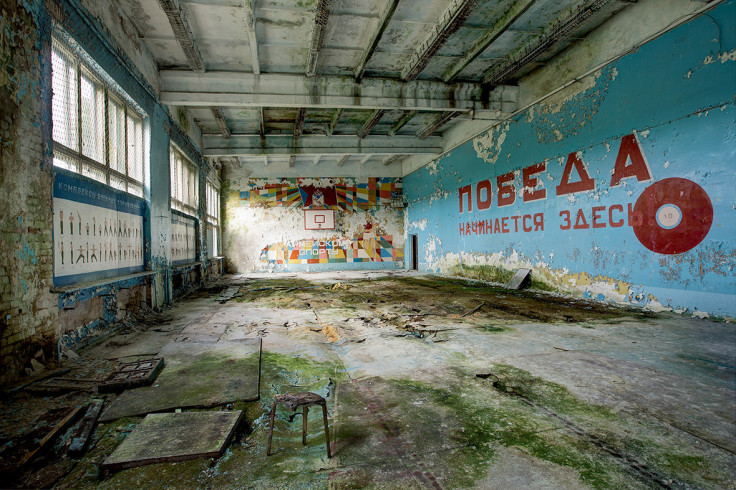
Skrunda is a former secret town, where an important Soviet radar station was once located. The installation was of great importance to the Soviets as it covered the whole of Western Europe. Here they were able to listen to objects in space, as well as tracking incoming intercontinental ballistic missiles (ICBMs).
During the Cold War this secret location was closely guarded, and in time grew into a full residential town. There were over 60 buildings in the complex, including a school, apartments, barracks, a shooting range, a gym and a theatre. Once Latvia had regained its independence, the Soviets were given four years to dismantle the radars. The entire town was sold at auction for just 17,000 Lats (around £20,000) but as of 2013 nothing has yet been done with the site.
Latvia Vehicle Graveyard

The aviation museum is the biggest collection of planes and vehicles in Europe. There is a collection of old Soviet aircraft and vehicles, including some very rare models of aeroplanes and helicopters. Riga airport agreed after the collapse of the Soviet Union to store the abandoned aircraft and allow people to view these old historical relics.
Russia: Children's Summer Camp

The Young Pioneer Organization was a youth movement founded by Lenin himself, which would become prolific throughout the USSR. The movement ostensibly served the purpose of ensuring that all young people were inculcated with an understanding of the role they should play in a larger collective. Individuality was not seen as a positive virtue, rather it was often considered to lead to problematic behaviour; traits such as wilfulness, or worse, rebellion.
While the family was supposed to instil this collective ethos into young people, the activities of the Young Pioneers supplemented it. Camps would offer free holidays in summer and winter, usually sponsored by the government and trade unions. Under Communism, young people were seen as an important way of remoulding society and its attitudes. In effect, the state sought to create a new 'Socialist personality'; and so even at a summer camp, the activities on offer would have been carefully selected with this goal in mind.
Russia: Cinema

Cinema was quickly seized upon under Communism and nowhere more so than in the Soviet Union as an important tool for political education and indoctrination. Soviet filmmakers, such as Sergei Eisenstein and Dziga Vertov, remain amongst the most influential directors of all time, largely by virtue of their pioneering use of 'montage' techniques.
Slovakia: Devinska Kobyla Rocket Base
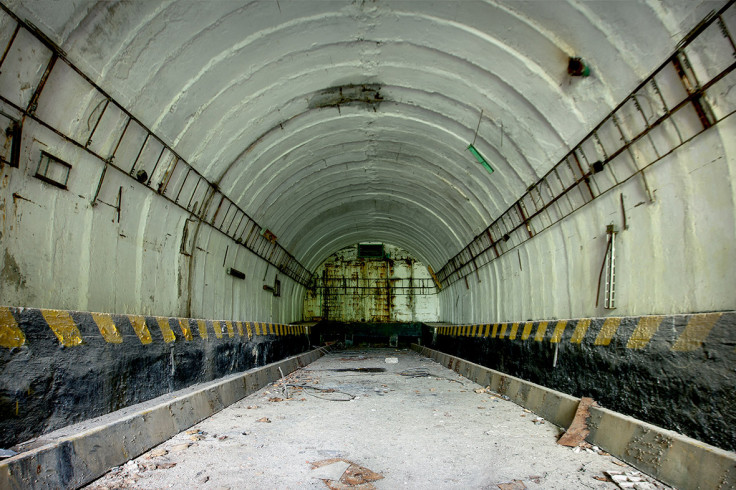
This abandoned Soviet rocket base was built in the 1980s. It monitored the airspace and many anti-aircraft missiles were stored in the missile bunkers. With the fall of the Soviet Union, the base was decommissioned in 1990 and now lies inaccessible to the public.
UK: Foxtrot B-39 U-475 Black Widow Submarine
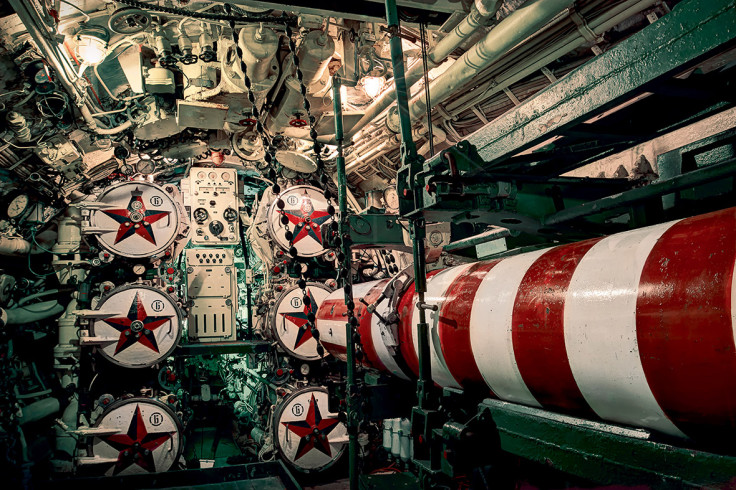
Used during the Cold War, the Black Widow U-45 was a patrol and attack submarine. Between 1957 and 1983, around 75 were made by the Soviet navy. This example was commissioned in 1967 and based in Latvia.
Decommissioned in 1994, the submarine was sold and used as a museum in London. During its operational use it carried 22 nuclear-tipped warheads and 53 explosive mines. Its torpedoes are disarmed. Its owner is seeking investors to restore the submarine to its former glory as it is currently in a decaying state, moored at Strood, on the River Medway.
Ukraine: Pripyat, Chernobyl
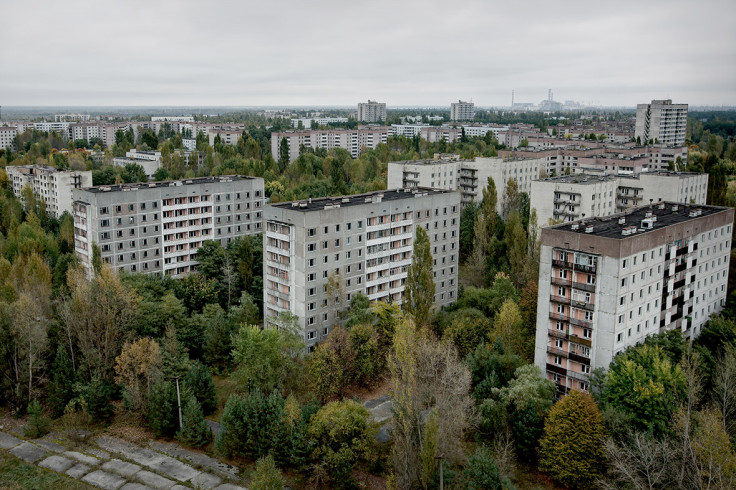
When the Chernobyl Power Plant was built in 1970, many of the facility's staff were housed in the nearby city of Pripyat. Around 50,000 people once lived here, spread across 160 buildings that had contained a total of 13,400 apartments. This forward-thinking urban development had featured three indoor swimming pools, two sports stadiums, 35 playgrounds, 15 primary schools, five secondary schools and a technical college. There was a hospital that could hold around 400 patients, while the green streets of Pripyat were lined with over 250,000 trees and shrubs.
After the nuclear disaster in 1986 however, the whole city was forcibly evacuated for fear of radiation poisoning. Now those trees and shrubs are the only inhabitants left, in a sprawling city reduced to broken bricks.
Ukraine: Pripyat Hospital
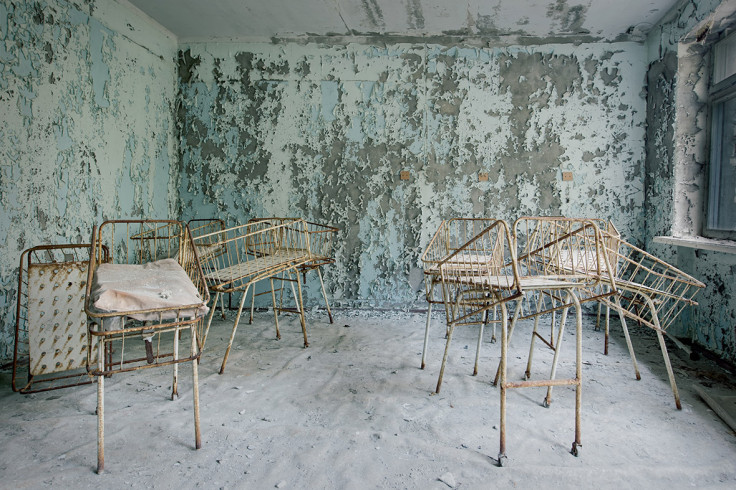
Pripyat's Hospital No. 126 consists of five large buildings, each of them six storeys in height. In the wake of its sudden abandonment, medical equipment, beds, bottles, babies' cribs and other equipment were all left to rust and rot away.
In the hospital's basement lie the uniforms of the firemen who lost their lives in the days that followed the disaster. They were admitted to the hospital after exposure to the extreme radiation, and were later taken to Moscow hospital where they died in care. To this day, their uniforms register dangerously high radiation levels.
Ukraine: Pripyat Kindergarten
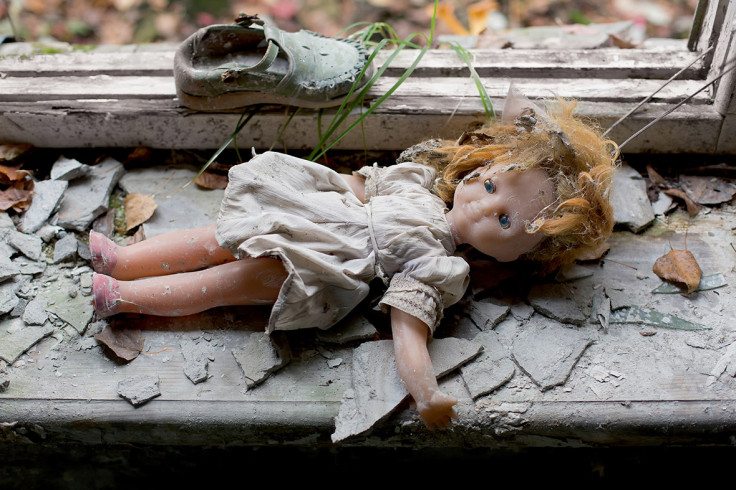
There are many kindergartens in Pripyat. These buildings remain perhaps the most chilling places to see, as they serve as such a stark reminder of the innocent children who fell victim to the radiation and subsequent sickness.
Most of the kindergartens still contain the toys of the children, which today lay strewn across the floors. Many of the beds are still made and, hauntingly, gas masks appear scattered from room to room. These grotesque masks were intended to offer protection in case of chemical attacks, but ultimately, nothing could prevent the radiation sickness that spread as a result of the Chernobyl disaster.
Buy Rebecca Bathory's book Soviet Ghosts at Carpet Bombing Culture.
© Copyright IBTimes 2024. All rights reserved.






